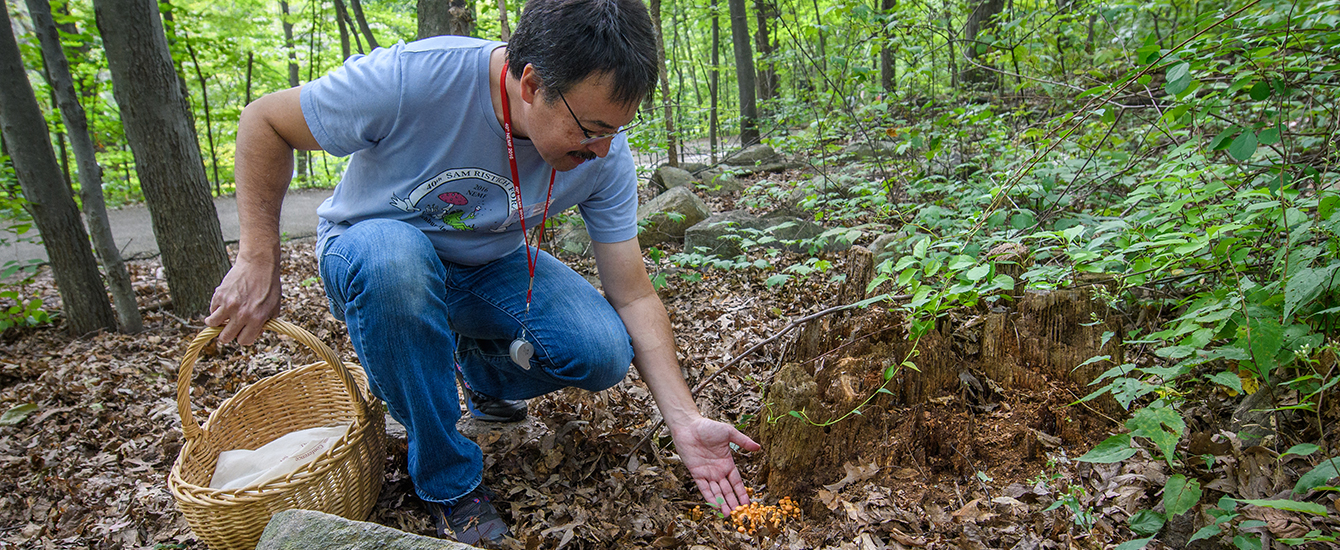Biology
Modulated but conserved segmental growth of the original tail in Callisaurus draconoides (Phrynosomatidae) and Calotes versicolor (Agamidae)
Abstract
Caudal growth is examined in the phrynosomatid Callisaurus draconoides ventralis, and the agamid Calotes versicolor, both from a segmental point of view and from that of the entire tail. Growth of the entire tail relative to snout-vent length follows negative allometry in the former species and positive allometry in the latter. Despite this result, patterns of segmental growth are differential along the length of the tail in both species and follow a similar pattern in each. In both C. d. vantralis and C. versicolor, proximal caudal vertebrae grow with positive allometry, followed by an extensive transitional region of approximate isometry, and a distal region of highly negative allometry. The region of positive allometry is more pronounced in C. versicolor, resulting in overall positive allometry, whereas the negatively allometric region is highly pronounced in C. d. ventralis, resulting in negative allometry of the entire tail. Differential regional growth of the tail is similar to previous findings for the polychrotid Anolis grahami, suggesting limited influence of ecological and functional aspects such as caudal autotomy, bipedalism, and arboreality on segmental tail growth. Although rates of growth of the entire tail are highly variable in iguanian lizards, differential patterns of segmental tail growth appear to be conserved and are very similar among the three species.



